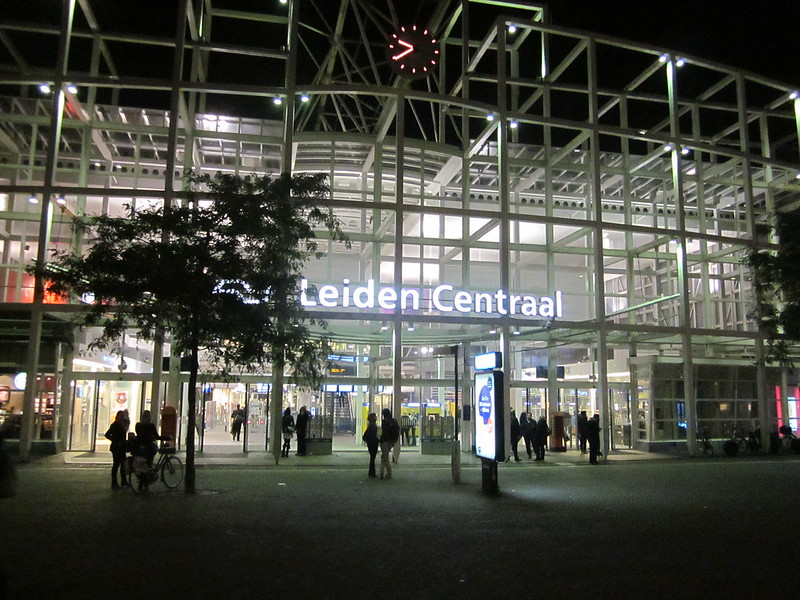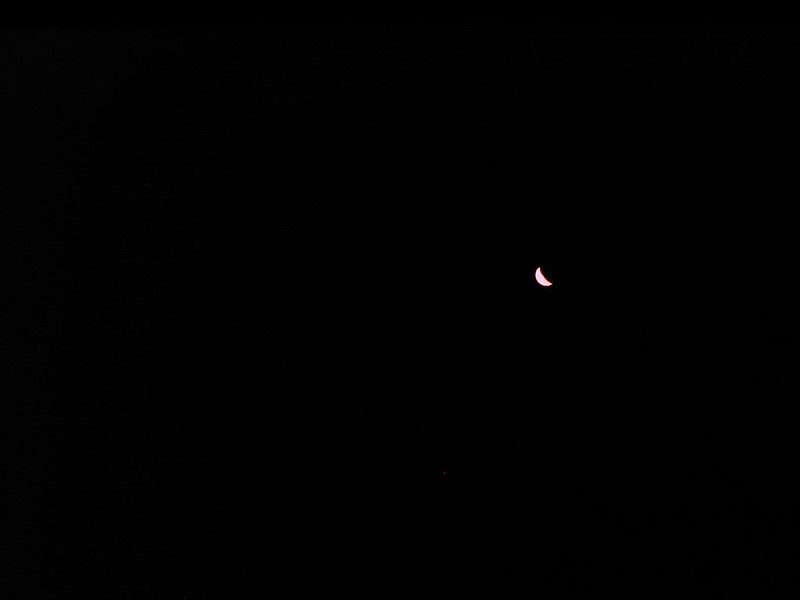Blog
This is a private homepage... ;)
Leiden Centraal
The next Centraal... ;)
I arrived in Amsterdam
I arrived in the Netherlands on friday. I am visiting my brother in Leiden which is about 40 Km away from Amsterdam. Today I went to that wonderful city. I were there some times already in the past but it is some years ago. Now I have enough time to explore this area. I just were there for about 3 hours because I am very tired in the last days. I will go there sometimes again in the next few weeks... I am impressed! ;)
The Moon
A photograph of the Moon over Sylt taken with my oldschool IXUS 430... I love it, I love this cam... ;)
New Leo Search version released
 I updated my Firefox extension for searching the Leo.org database some minutes ago. I added no new features, just made it compatible to the newest versions of Firefox.
I updated my Firefox extension for searching the Leo.org database some minutes ago. I added no new features, just made it compatible to the newest versions of Firefox.
You will find the Download here. In some days it will be available at https://addons.mozilla.org/en-US/firefox/addon/leo-search/.
Have fun... ;)




